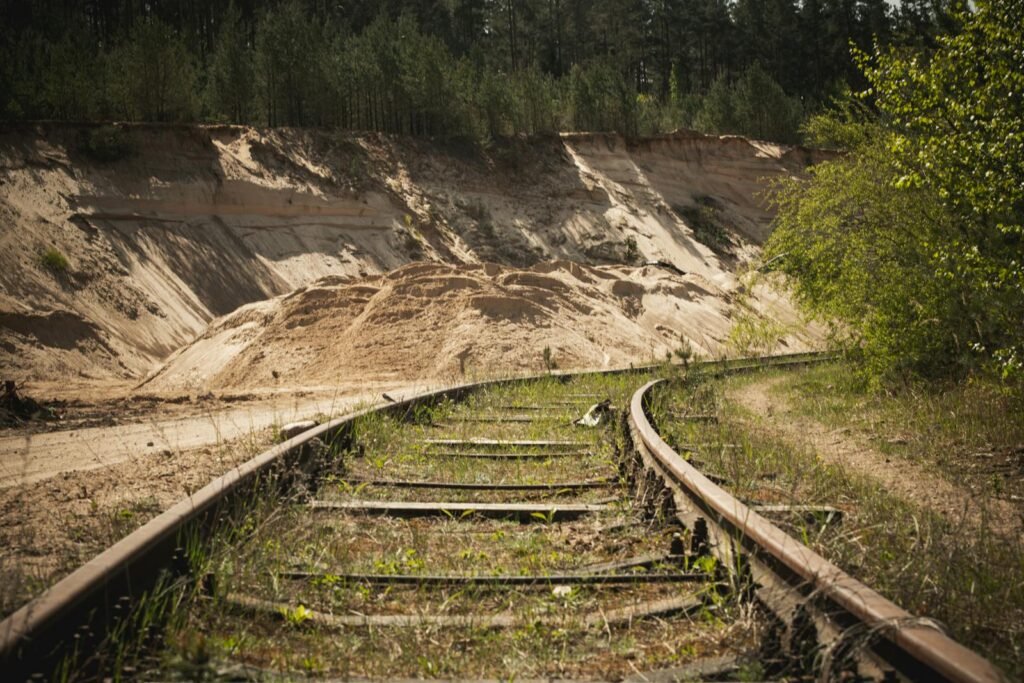Have you ever wondered where the lost paths of American history quietly linger, swallowed by wild forests and rolling prairies? Across the nation, a haunting beauty lies in the remnants of old railroad tracks—once the steel arteries of industry, now surrendered to time and nature. These railroads to nowhere whisper stories of ambition, heartbreak, and the unstoppable march of progress. Imagine sunlight filtering through tangled branches onto rusted rails, the air thick with nostalgia and the scent of moss. These forgotten tracks are more than relics; they are living museums, blending engineering marvels with the poetry of decay. Their silence is almost deafening, filled with the echoes of distant whistles and dreams that never reached their final destination. Let’s journey into these mesmerizing corridors of history, where science, nature, and the human spirit intertwine on rails that lead…well, nowhere.
The Rise and Fall of America’s Rail Empires
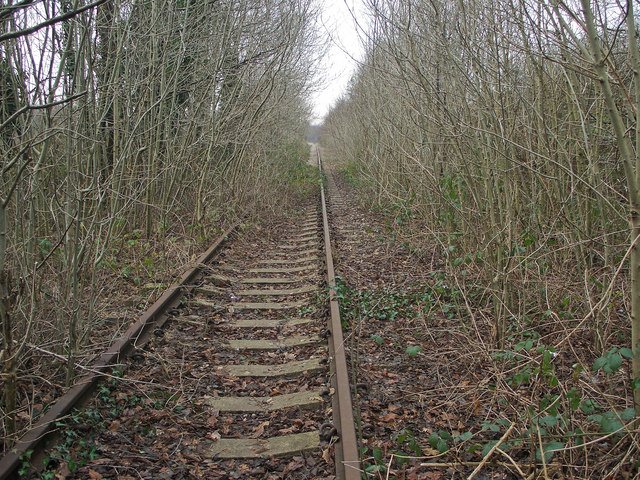
In the 19th and early 20th centuries, railroads were the lifeblood of American expansion. Trains hauled timber, coal, and people across wild landscapes, connecting fledgling towns to booming cities. Railroads fueled economic growth and became symbols of innovation, with their tracks stretching like veins across the continent. But as highways and airplanes took center stage, many lines lost their purpose almost overnight. Some routes, built on hope and speculation, never found enough passengers or freight to justify their existence. With changing industries and new transportation, whole networks faded into obscurity. Today, the remains of these rail empires stand as quiet witnesses to both progress and loss.
The Allure of Abandonment: Why Forgotten Tracks Capture Our Imagination
There’s something irresistibly mysterious about abandoned railroads—each one a snapshot frozen in time. Nature reclaims what was once dominated by machines, with wildflowers and vines curling around the steel. For explorers and photographers, these tracks offer a sense of adventure, history, and ghostly beauty that’s hard to find elsewhere. Scientists and ecologists also find value here, as rail corridors become accidental wildlife sanctuaries, fostering unique ecosystems. The silence invites reflection, making every creak of a rusted spike feel like a heartbeat from the past. These places remind us how quickly human achievements can be swallowed by the relentless force of nature.
The Palouse to Cascades Trail: A Ribbon Through the Wild Northwest
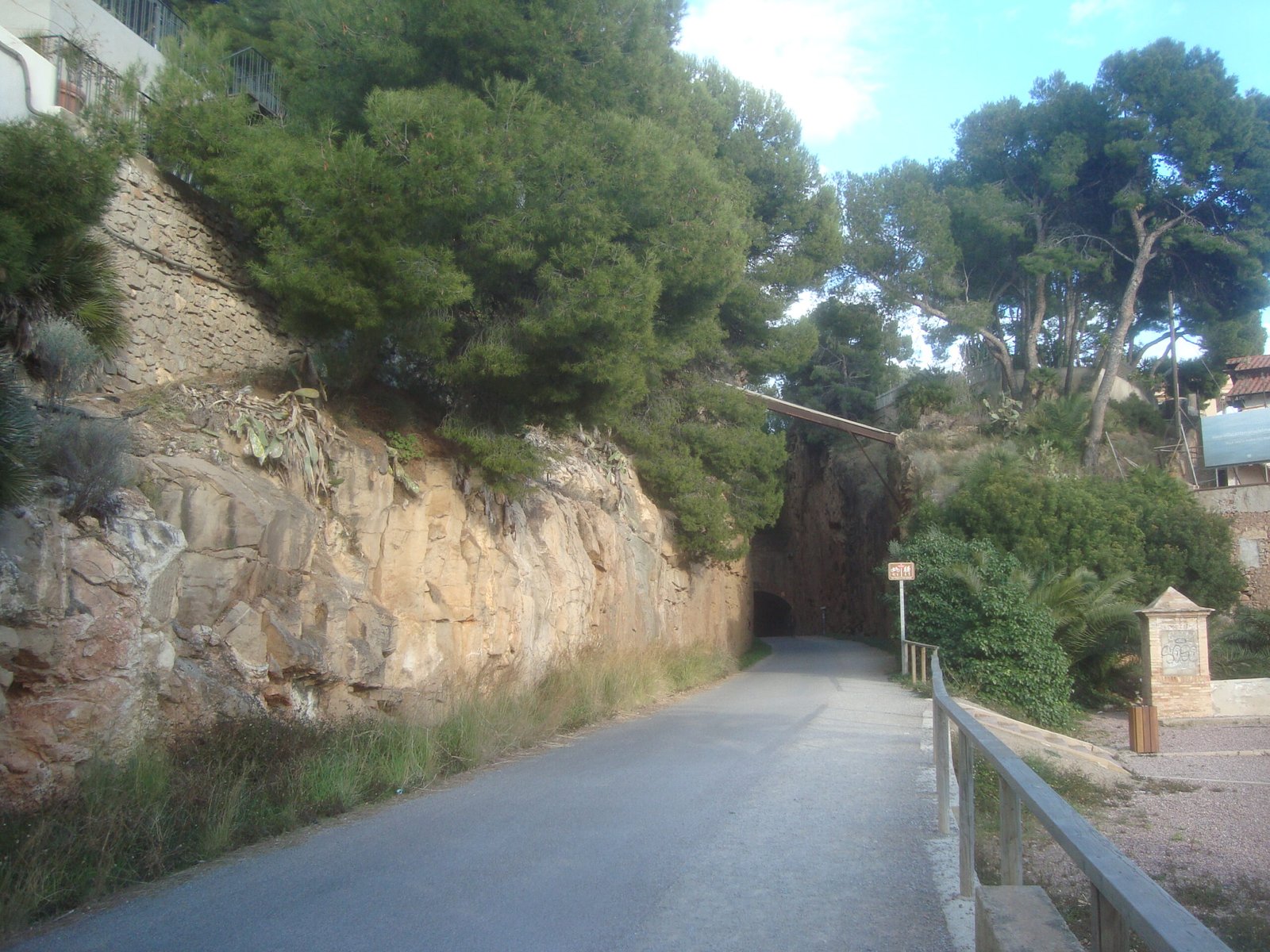
Once a bustling line connecting Seattle to the rolling fields of Eastern Washington, the Palouse to Cascades Trail is now a paradise for hikers, cyclists, and nature lovers. The trail stretches for hundreds of miles, winding through pine forests, over trestle bridges, and past ghost towns that hint at former glory. Along the way, wildflowers bloom where engines once roared, and the air is alive with birdsong instead of whistles. The old Milwaukee Road tunnels, carved through mountains, offer a thrilling journey into darkness and light. Each step along these rails is a step into the layered story of the American West.
The Overgrown Rails of Pennsylvania’s Coal Country
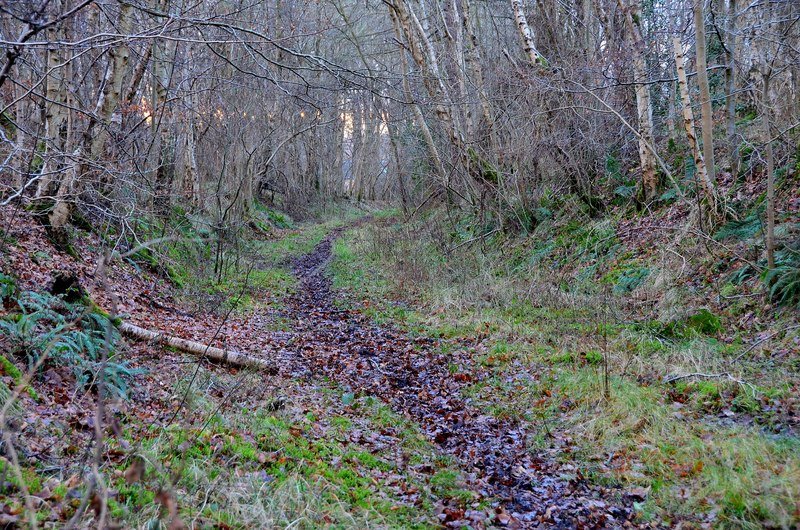
In the hills of Pennsylvania, abandoned tracks snake through forests and across creeks, reminders of a time when coal was king. These lines once ferried black gold from deep mines to distant markets, shaping the fate of entire communities. Now, they lie hidden beneath leaves and moss, occasionally revealed by a glint of steel or an old, crumbling station. The silence here is thick, broken only by the wind or the call of a distant bird. For those who wander these rails, it’s possible to imagine the clatter of coal cars and the sweat of workers who built America’s industry from the ground up.
The Lost Lines of the American South
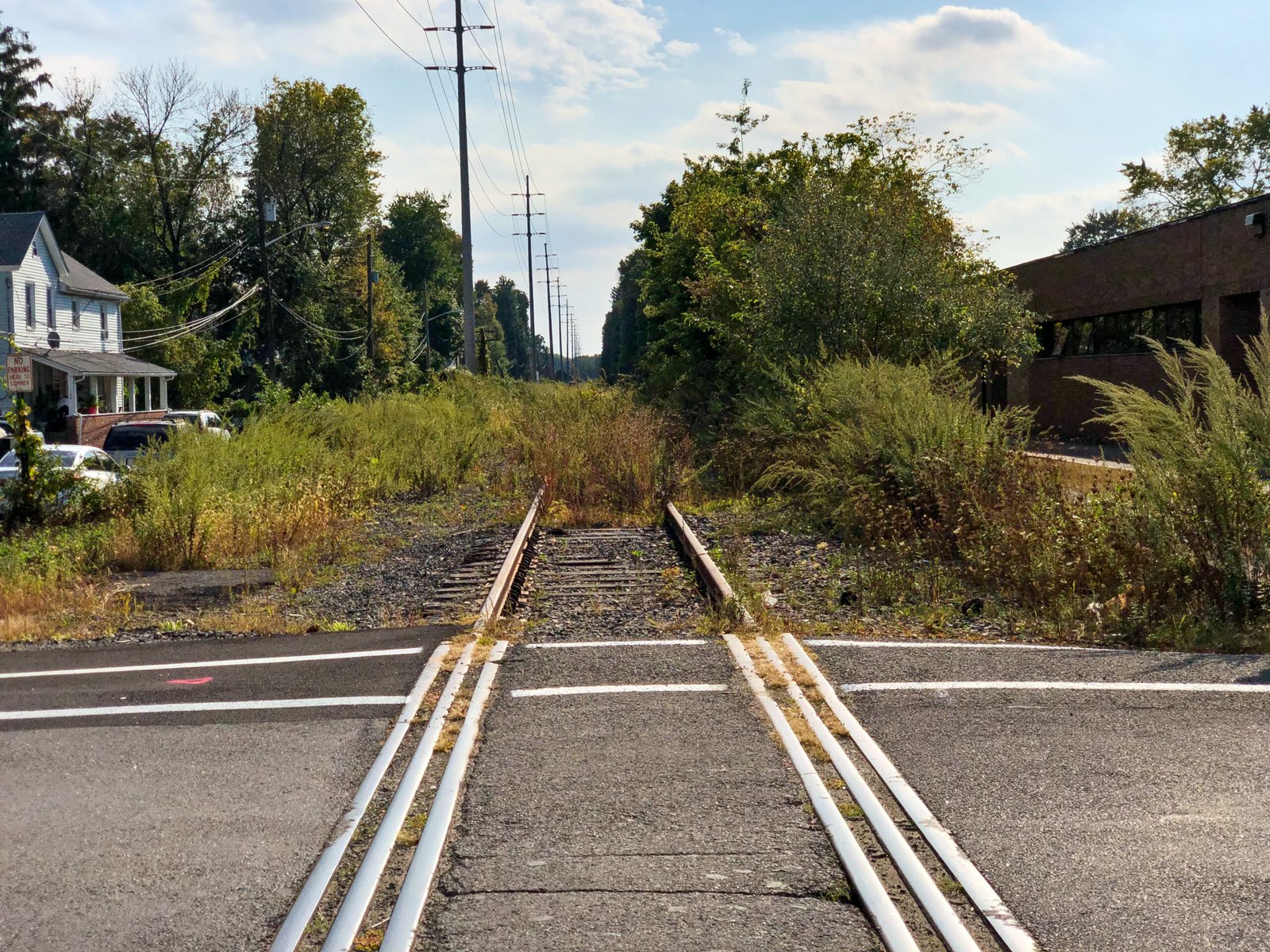
Deep in the heart of the South, forgotten railroads weave through swamps, cotton fields, and sleepy towns. Many of these tracks were laid during the Reconstruction, aiming to stitch together a fractured nation. Over time, as industry shifted and towns shrank, the rails were left to rust and vanish beneath kudzu vines. Some stretches have become hidden pathways for deer and foxes, while others serve as secret shortcuts for locals. The old wooden trestles, now weathered and mossy, stand as testaments to craftsmanship and resilience. Walking these tracks, you can almost feel the pulse of a region that has seen both triumph and tragedy.
The Deserted Rails of the Southwest’s Mining Past
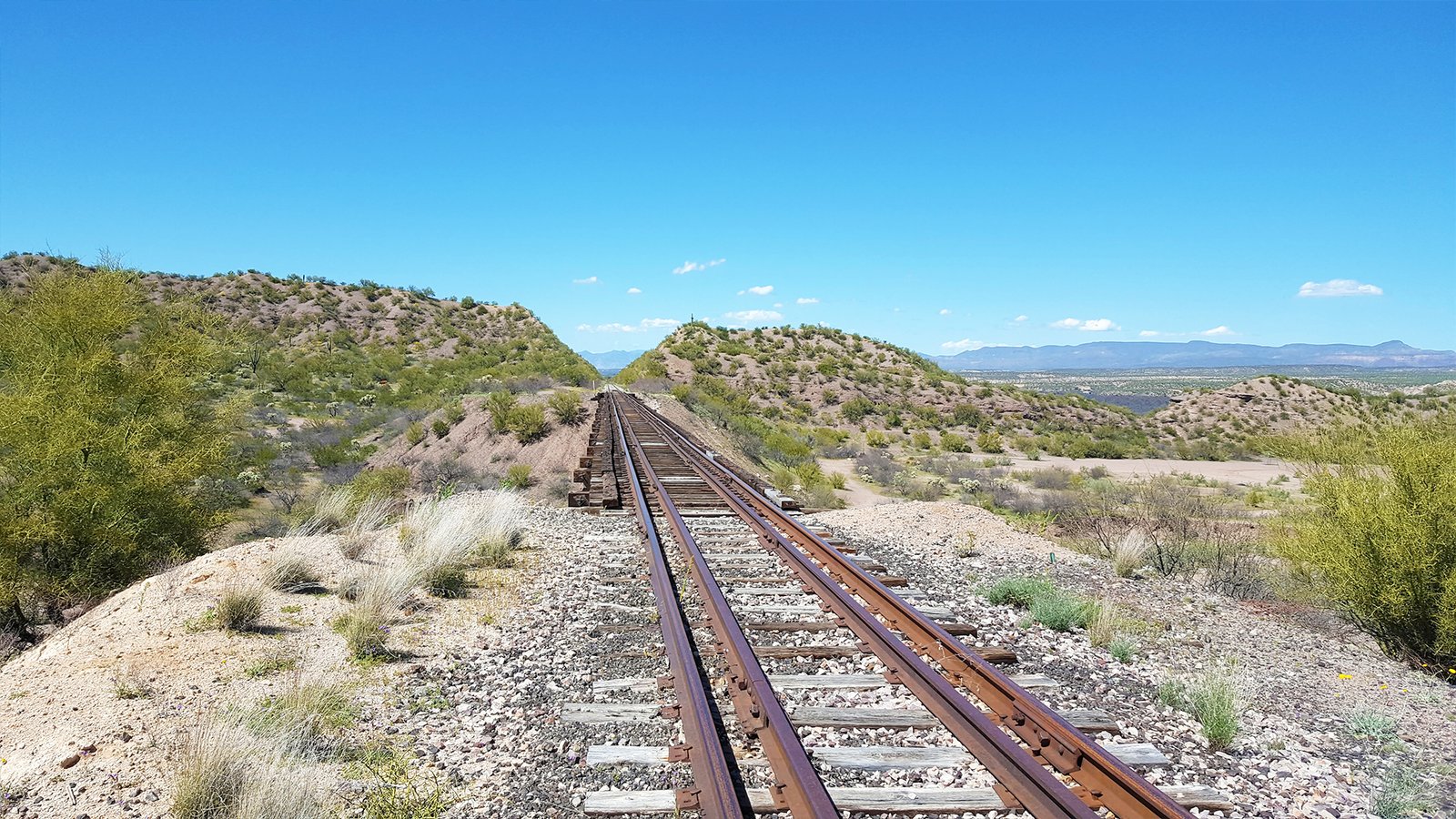
Vast stretches of desert in Arizona and New Mexico are home to railroads that once served booming copper and silver mines. These lines, now silent, cut through red rock canyons and sun-baked plains, their ties bleached by decades of relentless sun. Sometimes a rusted boxcar or an abandoned water tower stands like a monument to vanished fortunes. Cacti and wild grasses sprout through broken sleepers, blurring the line between manmade and natural. For scientists, these tracks offer clues about how quickly ecosystems adapt and reclaim disturbed land. For travelers, the haunting emptiness feels like stepping into a Western legend.
The Whispering Rails of New England’s Woodlands
Tucked among the birches and maples of Vermont and New Hampshire, forgotten railroads wind through misty forests and along sparkling streams. These lines once carried timber and dairy, but now serve as hidden trails for hikers and wildlife. In autumn, fallen leaves blanket the tracks in a fiery mosaic, highlighting the passage of time. The gentle rhythm of footfalls replaces the thunder of engines, inviting quiet contemplation. Local legends often swirl around these places, with tales of ghost trains and vanished passengers. Exploring these tracks, one senses both the fragility and endurance of human dreams.
The Curious Case of the Florida Overseas Railroad
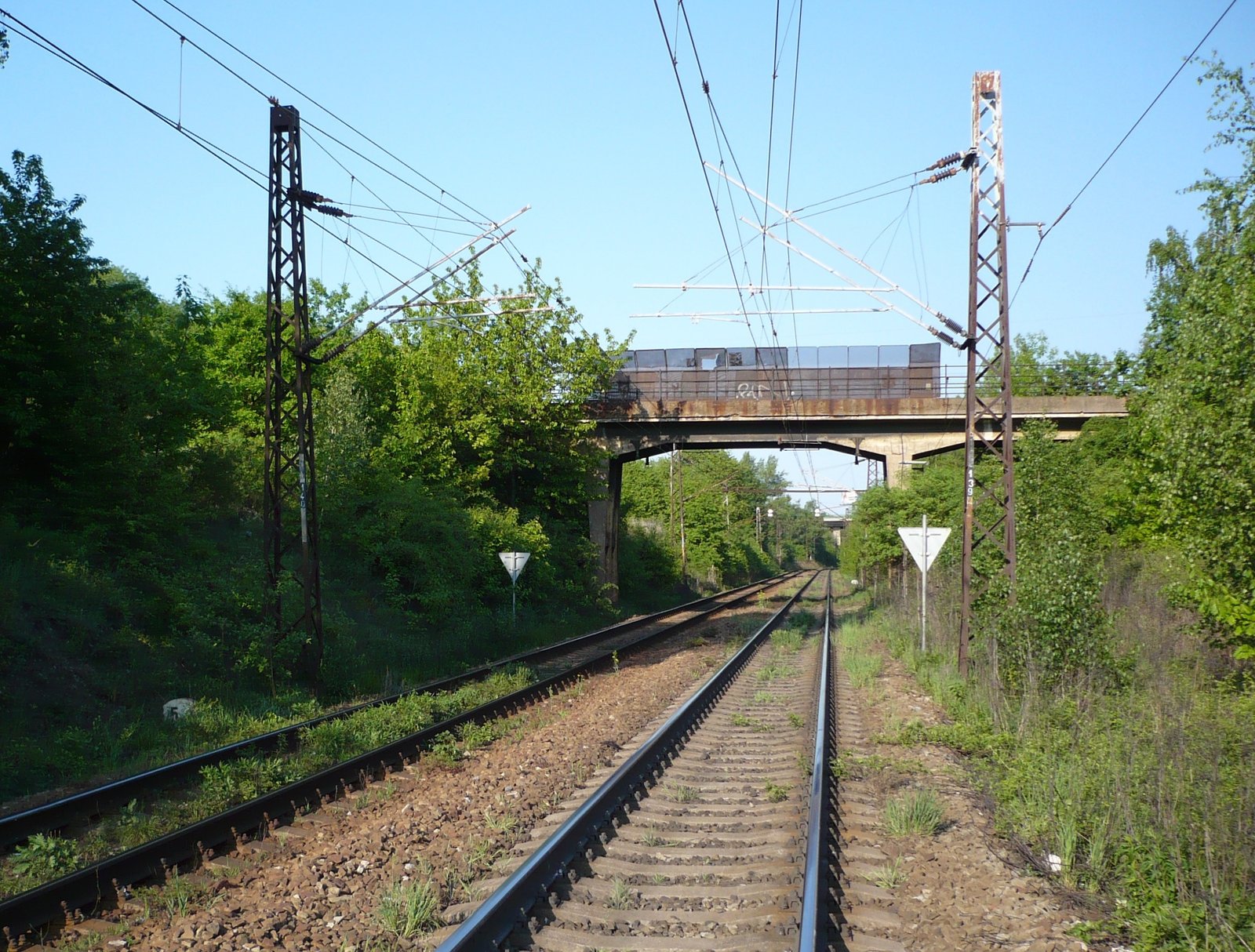
Perhaps no abandoned railroad is more dramatic than the Florida Overseas Railroad, which once connected mainland Florida to Key West. Built in the early 1900s, it was hailed as the “Eighth Wonder of the World,” spanning miles of open water on breathtaking bridges. But hurricanes and changing tides proved too powerful, and the line was abandoned after just a few decades. Today, many of the original bridges remain, now serving as fishing piers and pedestrian paths. The sight of rusted rails vanishing into turquoise seas is both eerie and inspiring—a reminder of the relentless push to conquer nature, and nature’s power to reclaim.
The Rails Turned Greenways: Nature’s Comeback
Many forgotten railroads have found new life as greenways and recreational trails, offering safe passages for wildlife and people alike. Rails-to-trails projects have transformed miles of industrial scars into ribbons of wildflowers, meadows, and shaded paths. Biologists celebrate these corridors as vital “green veins,” connecting fragmented habitats and boosting biodiversity. For families and outdoor enthusiasts, these trails provide a gentle way to explore history and nature together. It’s a beautiful irony: the very tracks that once divided landscapes now unite them in new, unexpected ways.
Why These Tracks Matter: Lessons from the Past
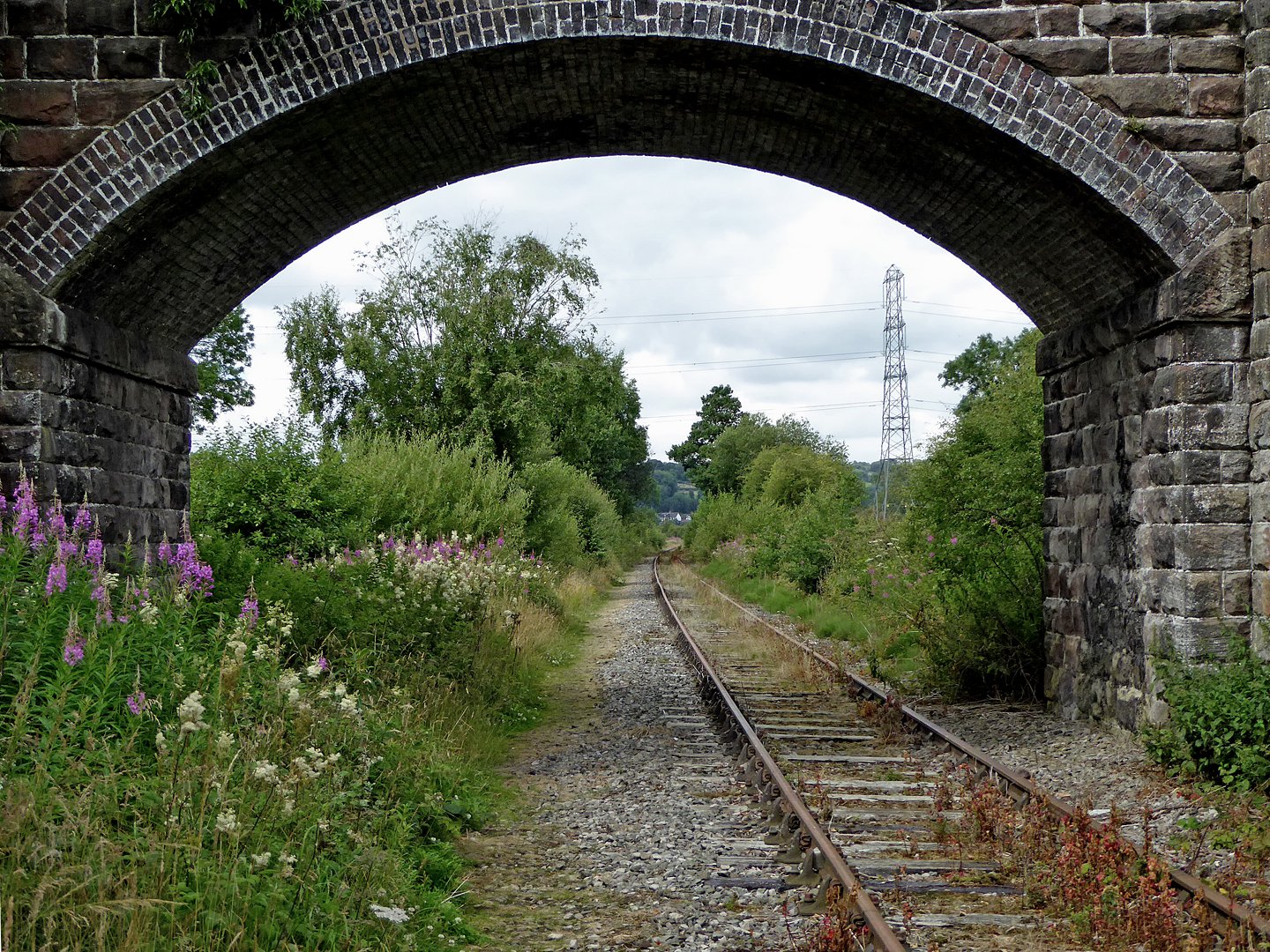
The story of America’s abandoned railroads is more than rust and nostalgia—it’s a lesson in change, resilience, and renewal. Each forgotten track is a time capsule, holding clues about engineering, economic shifts, and the interplay between people and the environment. Scientists study soil and plant life along these corridors to understand how nature heals old wounds. Historians trace the rise and fall of towns that lived and died by the rails. For everyone, these places offer a space to reflect on what we build, what we leave behind, and how the land endures.
The Enduring Beauty of America’s Forgotten Rails
There’s a quiet majesty in the sight of rails dissolving into fields, forests, and forgotten towns. The contrast between human ambition and nature’s patience is striking—steel and wood yielding to grass and sky, dreams fading but never truly lost. Every stretch of abandoned track is a story waiting to be uncovered, a bridge between past and present. As you walk along these rails to nowhere, you might find yourself wondering not just where they once led, but where our own journeys might take us next.

